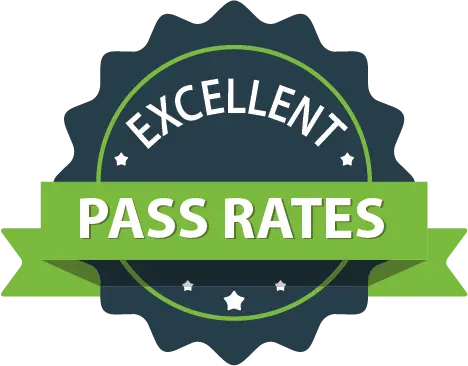Premier Training offers apprenticeships across four finance and accounting standards.
While apprentices gain practical skills and experience through on-the-job training, there are significant benefits for employers too.
For example – with up to 100% of the costs of an apprenticeship covered by government funding – apprenticeships can be a cost-effective option for employers.
Here’s our breakdown of apprenticeship funding for employers:
How does it work?
Apprenticeship funding in the UK is a combination of government support and employer contributions, with the specific details depending on whether the employer pays the apprenticeship levy or not.
Levy-paying employers use their levy funds, topped up by a 10% government contribution, to pay for training and assessment costs.
Non-levy paying employers usually contribute 5% towards the cost of training (although their contribution can be zero in some cases), with the government covering the remaining 95% up to the funding band maximum.
Apprenticeship Levy Payers
- Employers with an annual pay bill of over £3 million pay the apprenticeship levy.
- The levy is set at 0.5% of the employer’s annual pay bill.
- Employers can use their levy funds, topped up by a 10% government contribution, to pay for apprenticeship training and assessment.
- Funds are managed through the Apprenticeship Service account.
Non-Levy Paying Employers
- Non-levy paying employers contribute 5% of the training and assessment costs, with the government covering the remaining 95%.
- This co-investment is paid directly to the training provider.
- Non-levy payers can access government funding through the Apprenticeship Service.
- In some cases, the government fully funds apprenticeship training costs for 16-21-year-olds and those with specific needs, such as those with an Education, Health and Care (EHC) plan.
Click here for more information about Premier Training’s apprenticeships.













